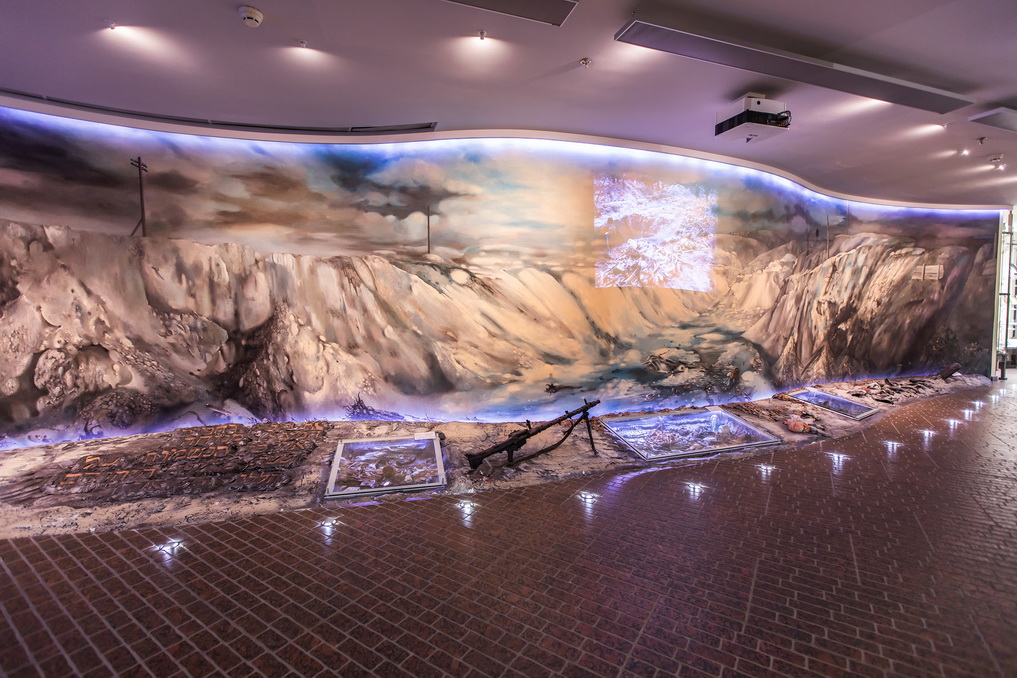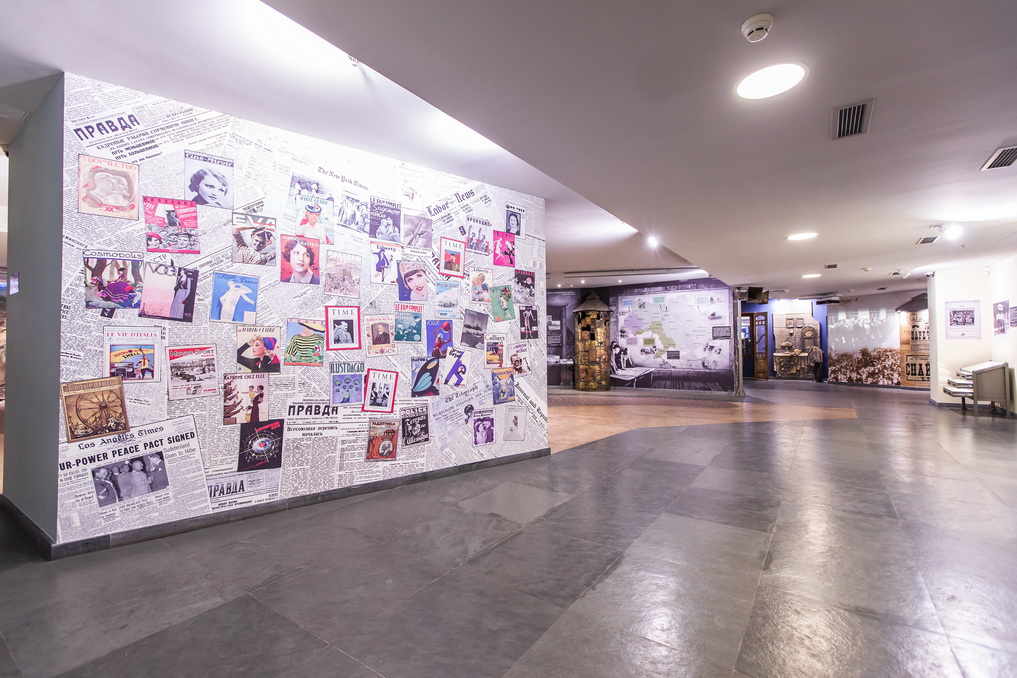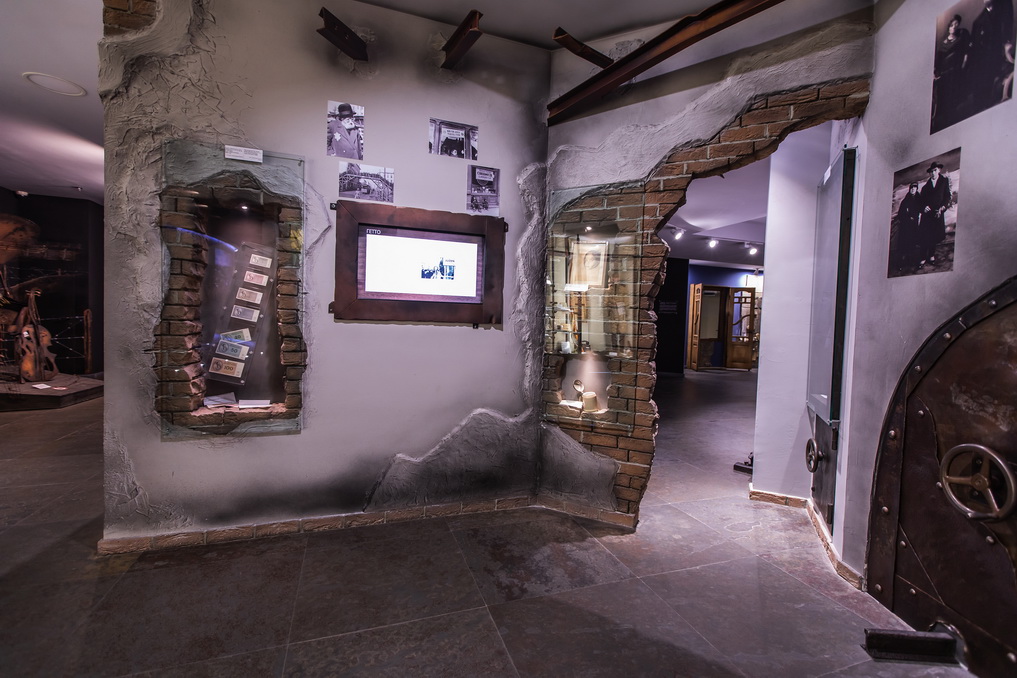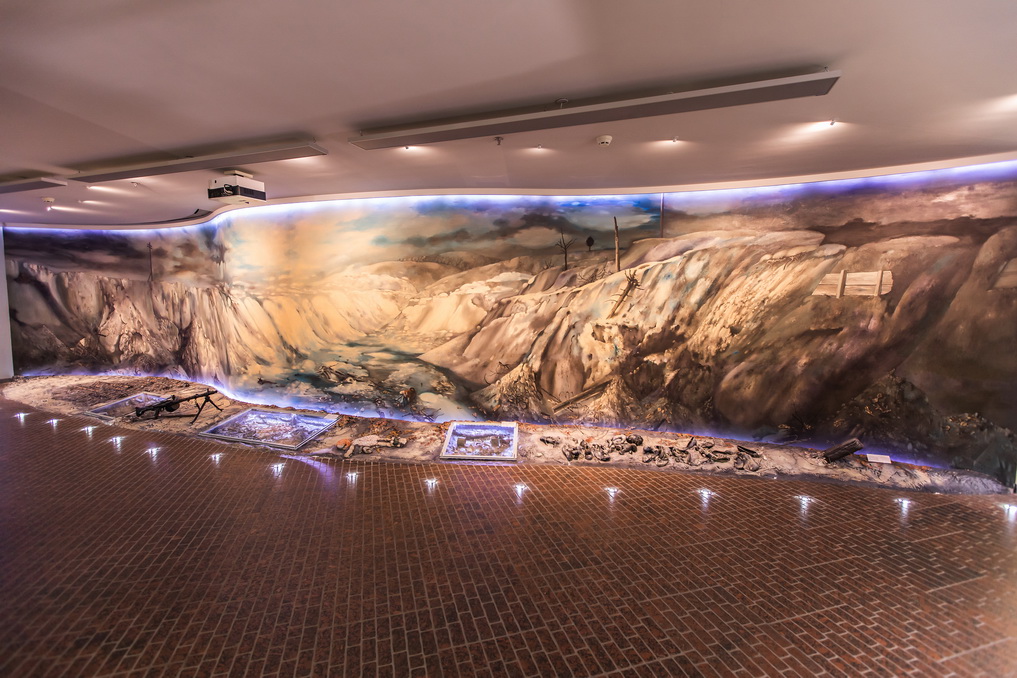At the beginning the exhibition displays the emergence of Nazi ideology, its anti-Semitic orientation. Its focus is on the ideological brainwashing of the German youth consciousness, history of creation and functioning of the “Hitlerjugend” (“Hitler Youth”), reproduced by unique artifacts and documentary newsreel shots. Movies, books, leaflets, newspapers, and rare artifacts of that time tell about “Crystal Night”, Nazi racial laws, anti-Semitic propaganda in Germany and Nazi-occupied Europe. The events on the Ukrainian territory are reproduced in the film “The War Was Tomorrow” and by the exhibits devoted to the terrible events after June 1941 – evacuation; deportation; ghetto; concentration camps and “extermination centers”; collaboration; resistance to the Nazism and deed of the Righteous Among the Nations.
The visitors cannot stay indifferent after hearing the story about spiritual endeavor of Metropolitan Andrii Sheptytskyi and His Blessed Omelian Kovch, the story about Aharon Weiss’ family rescuing and other dramatic pages of the history. The Museum doesn’t neglect the sensitive issues of the history, including the attitude of Ukrainian nationalists to the Holocaust, the role of OUN and UIA in the history of Ukrainian Jews, the participation of the Jews in UIA.
One of the emotionally culminate parts of the Museum is diorama of “Babyn Yar. Babyn Yars of Ukraine”, terrible evidences of mass extermination of Jews – artifacts and their history, Nazi orders and filmed footage of shootings. An enormous amount of information is contained in the multimedia map "Jewish Communities of Ukraine during the Holocaust": the summary of the data it reports is over 400 pages of text.
The special “Memory Hall – The Hall of Names” is dedicated to the memory of the six million victims.





